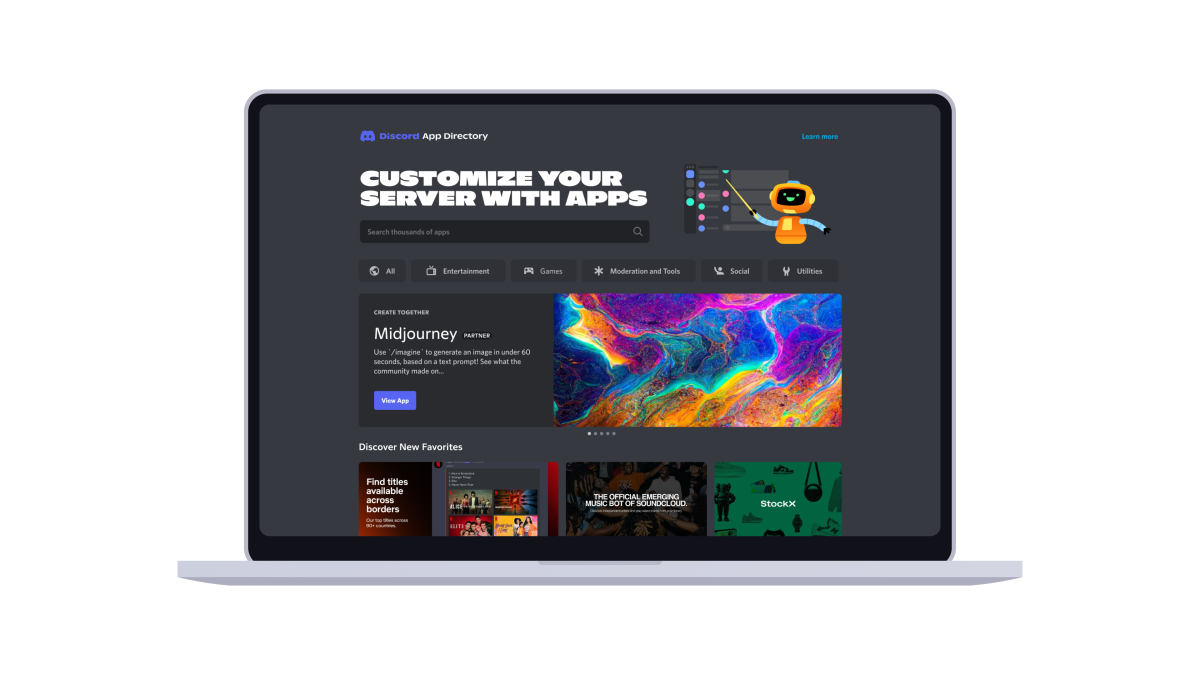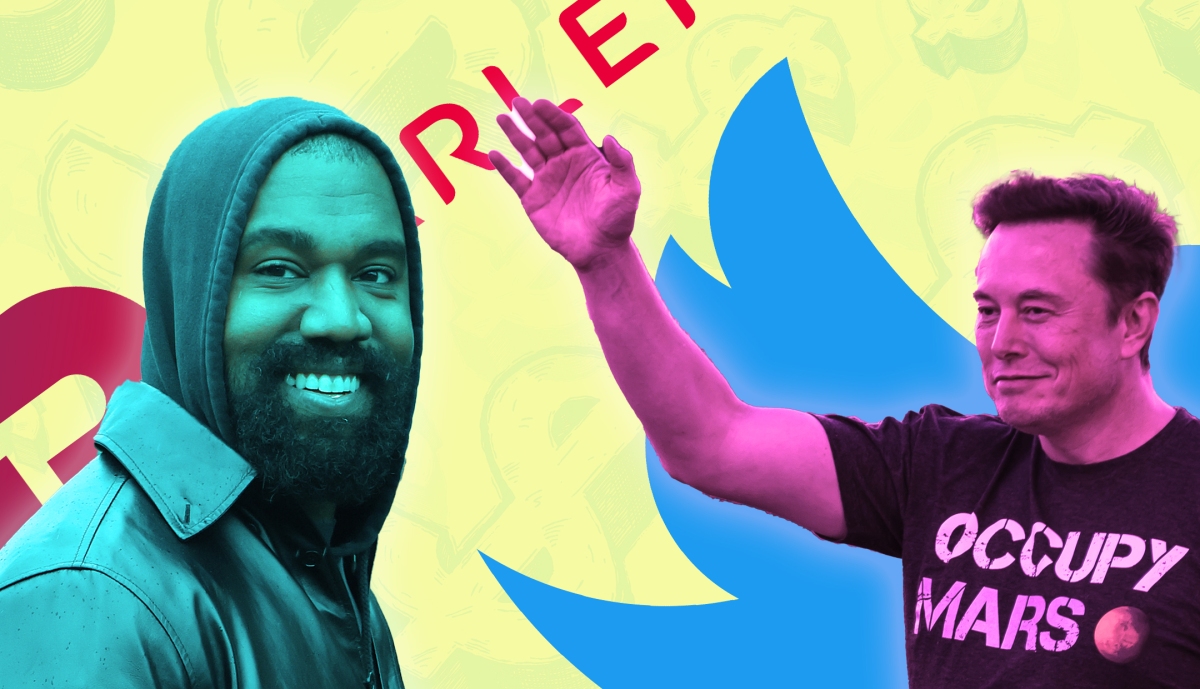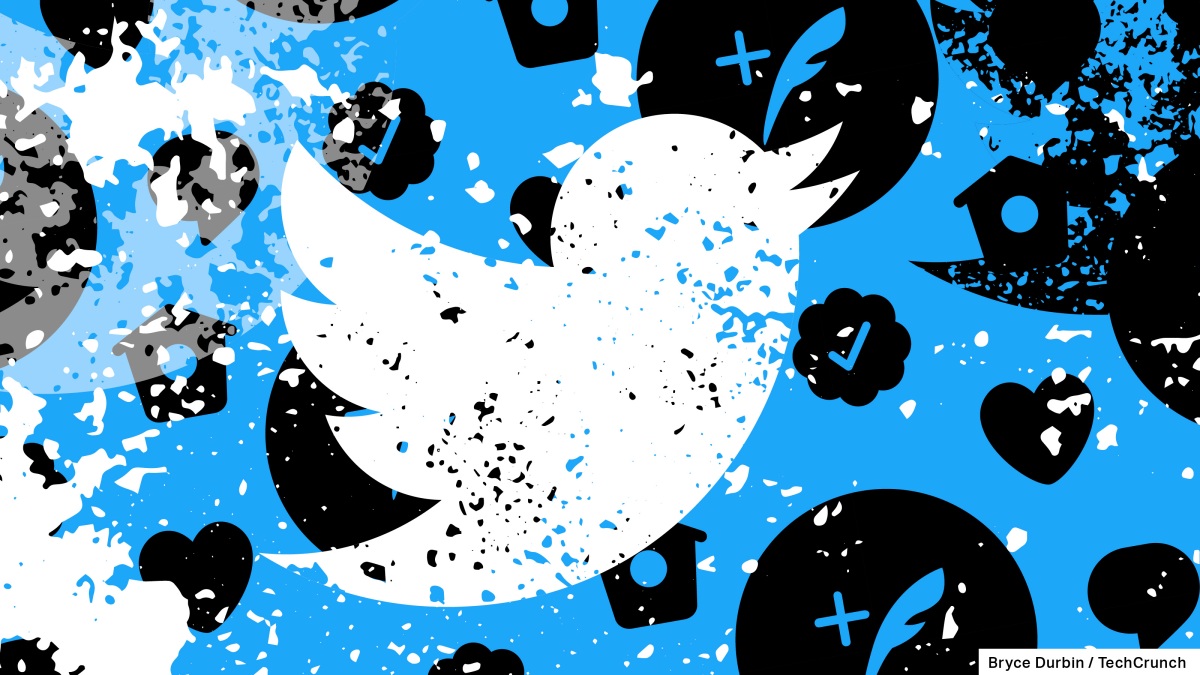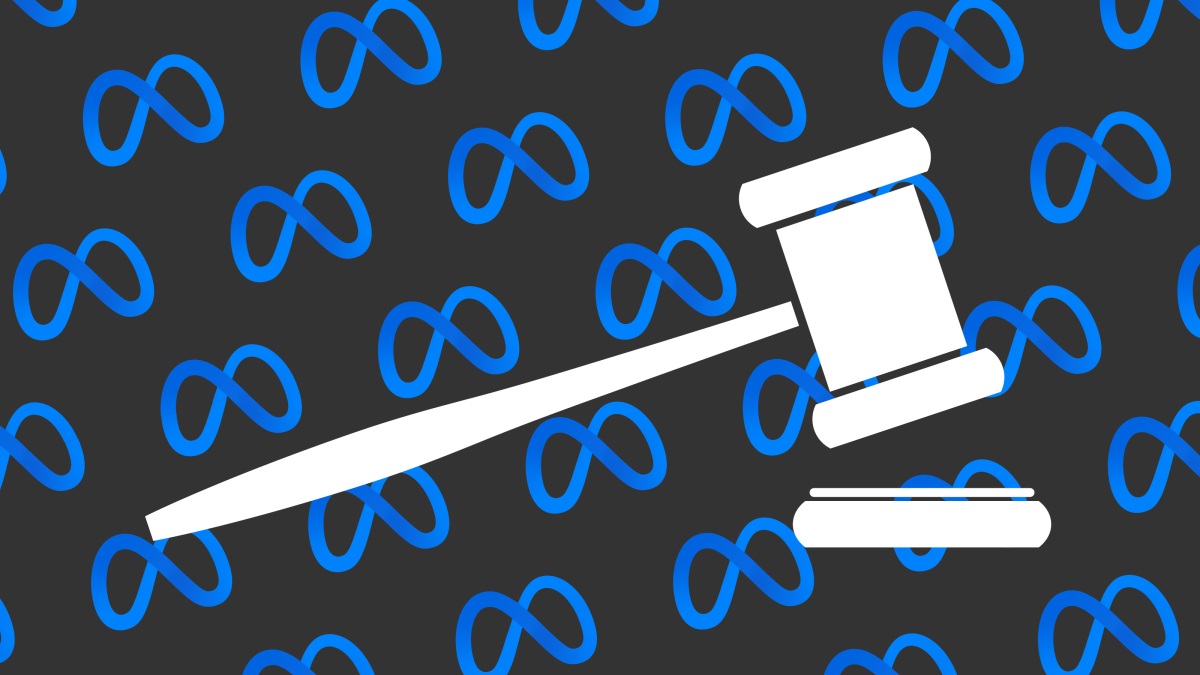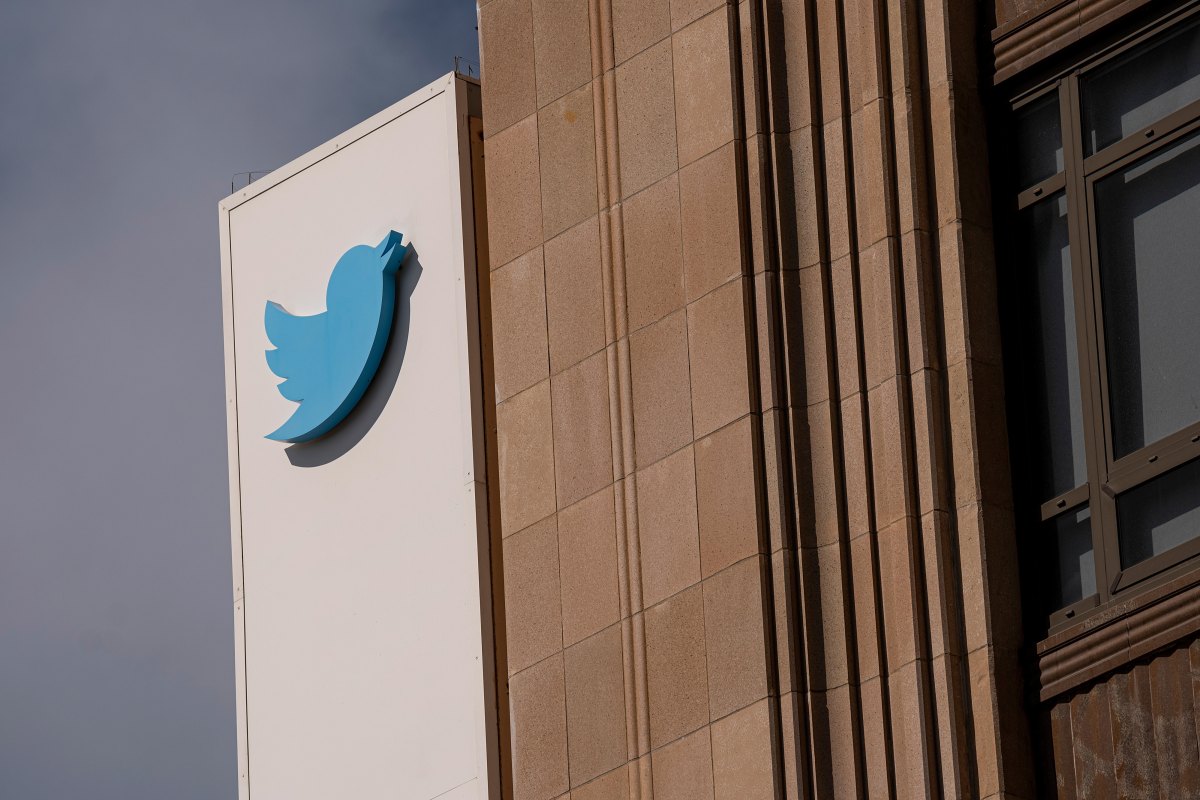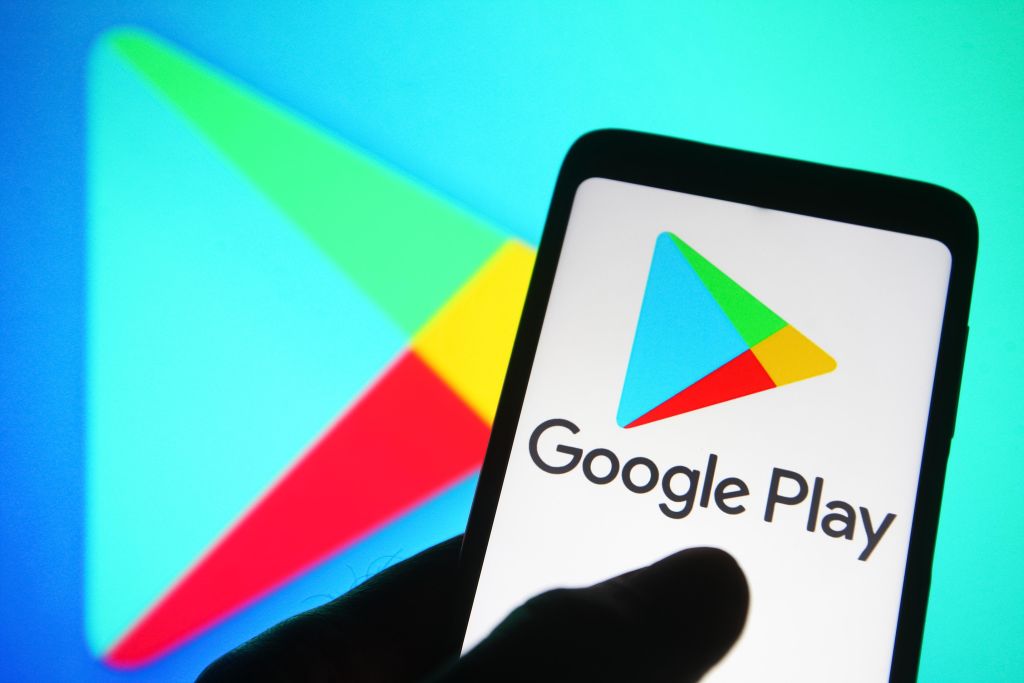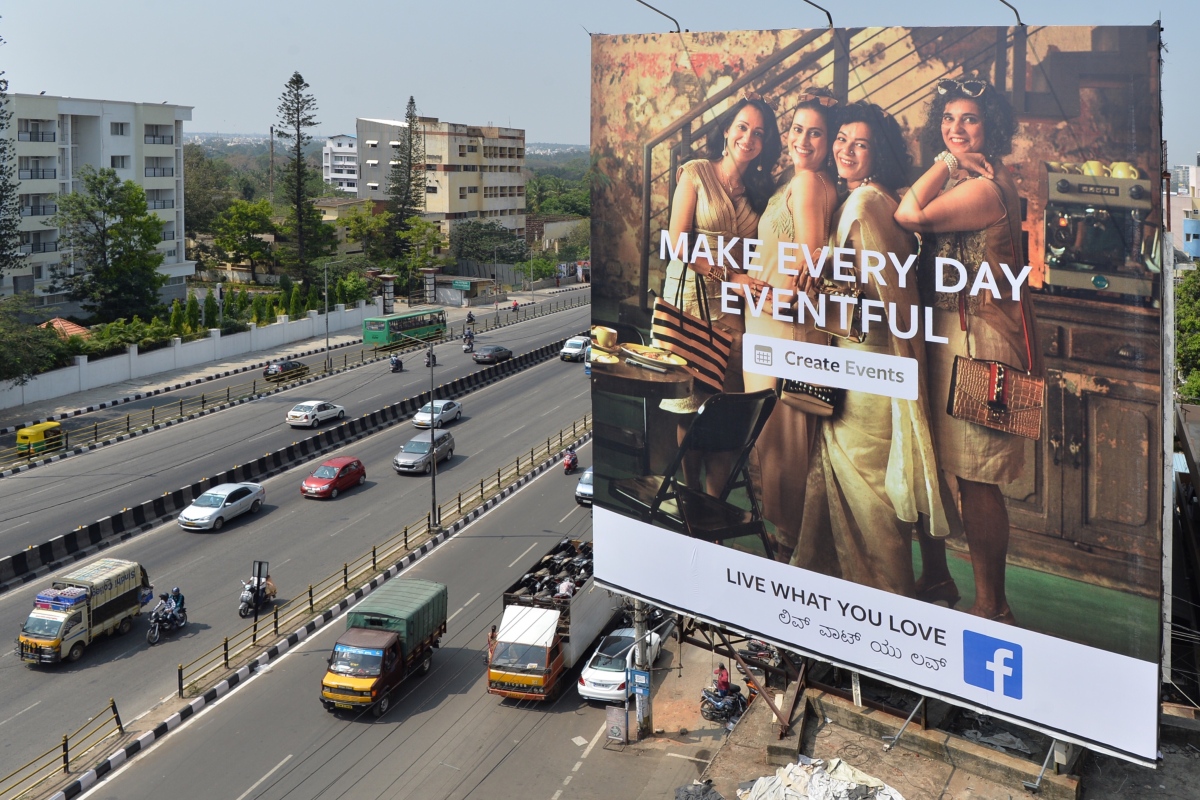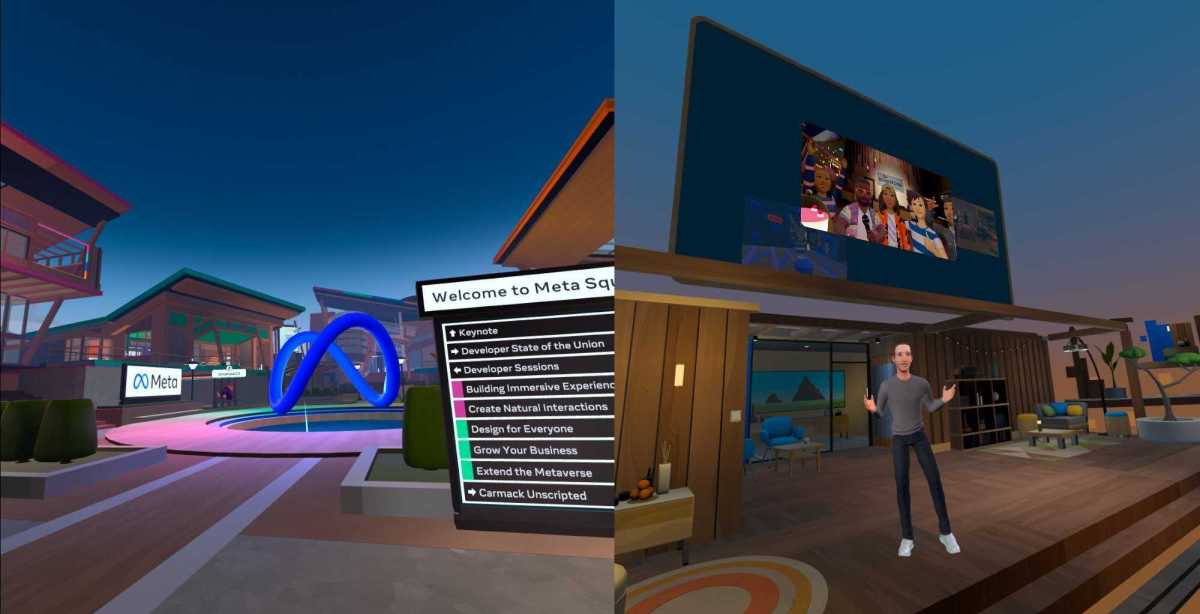Discord doubles down on apps to make servers more dynamic • ZebethMedia
Discord is refreshing its popular chat app with a handful of new features, including one that developers who build tools for the platform have wanted for a long time. The changes seek to make the community-building app a more versatile place to hang out, with new ways to customize the servers where hundreds of thousands of people regularly gather around games, hobbies or even well-loved creators. Discord says that more than a third of its chat room-like servers use apps, often referred to as bots, already. The apps, miniature bits of automated software that run within Discord’s servers, offer utilities like moderation, digital DJing and basic games. Now, the company is introducing a full directory of apps, elevating the many bots and quirky bits of software that make Discord tick with a proper directory. The app directory, which launches on Tuesday, will give server admins a one-stop shop for ways to build out their server to their liking. There’s already an app for almost everything. A sneakerhead server tracking new releases might plug in the StockX DropBot app, while a role-playing community could play a text-based RPG together directly within chat with IdleRPG. On Discord, apps have largely been the realm of scrappy, small developers looking to build useful utilities. But it’s clear that the company’s vision for its in-server experiences is moving in a more official direction that could involve more official partnerships with big, established software makers. The company is also announcing an expansion on the games front, introducing “activities” that bring more elaborate mini games like virtual golf, chess and poker into servers. While they’re not limited to games — one activity lets users queue and watch YouTube videos together — the new feature is designed to offer server members more ways to casually hang out and spend time together. Discord’s new activities launch this week. All users will have access to Putt Party (virtual putt putt) and the Watch Together activity from the jump, while anyone subscribed to Discord’s premium Nitro membership can play additional games including poker, a Pictionary-like game, chess and a Scrabble clone called Letter League. Users who pay for Nitro can invite non-premium members to play the expanded roster of games, but non-premium users won’t be able to initialize the full suite of new games and activities. In addition to the app-focused changes, Discord is also adding a new entry-level subscription tier for Nitro that will cost less. Nitro Basic will cost $2.99 a month, offering some core features for casual users including custom emojis, larger file uploads and a profile badge. The new tier was available already for some users in the UK but it will launch globally on October 20.
